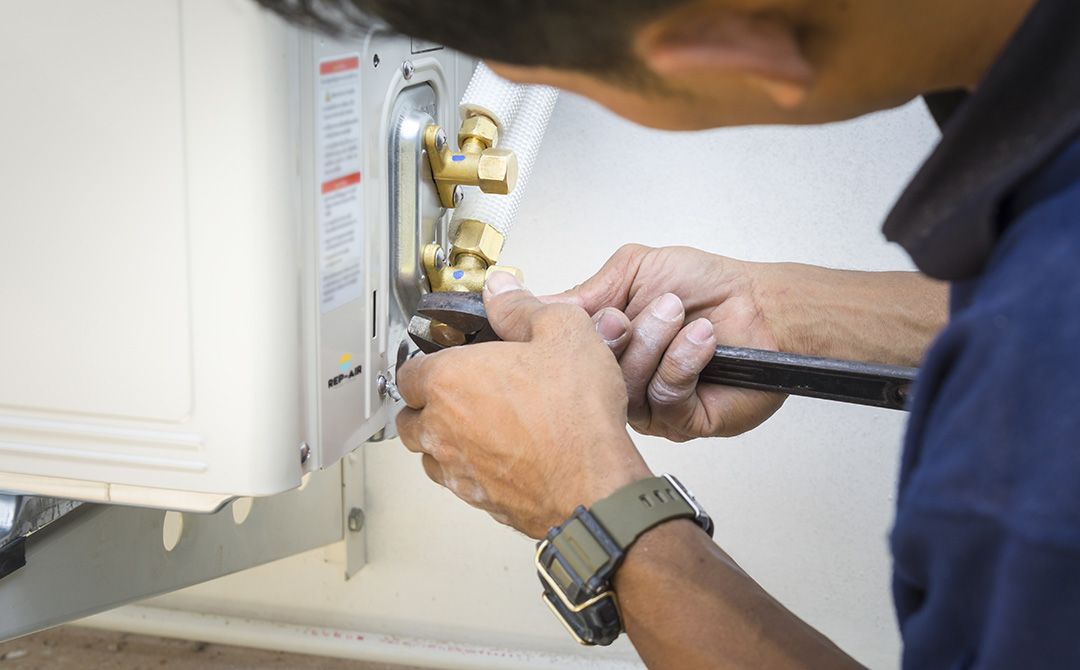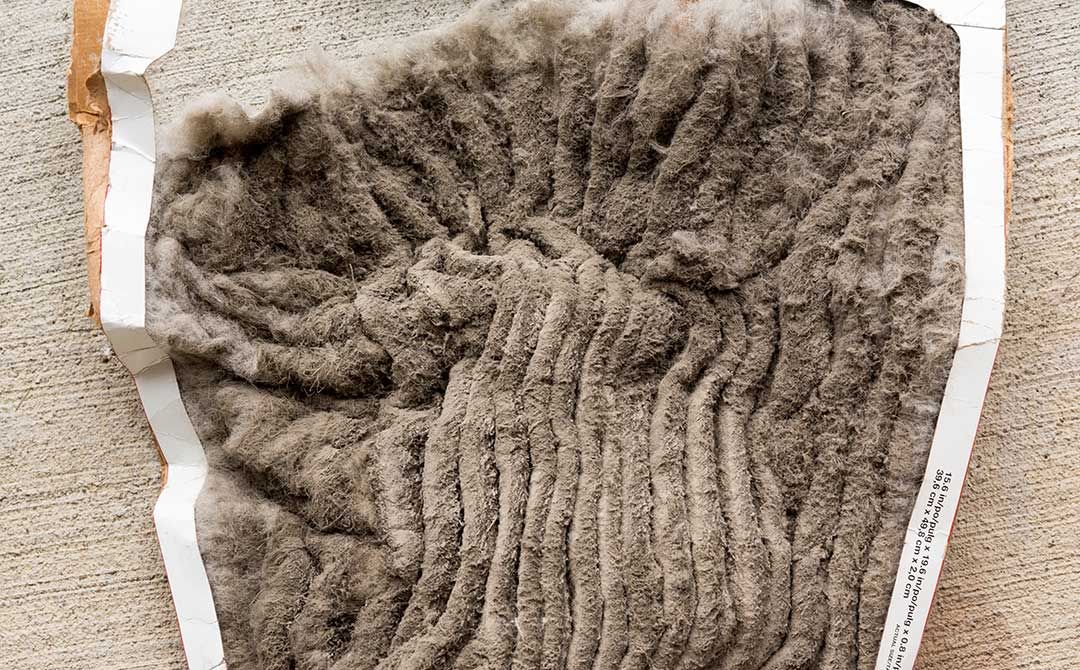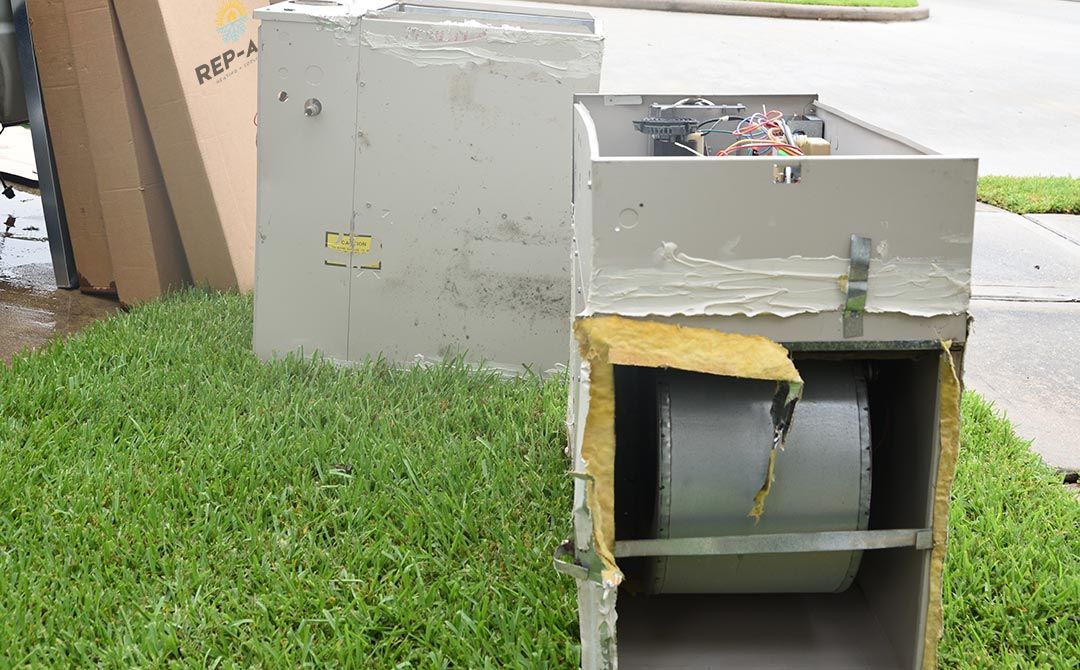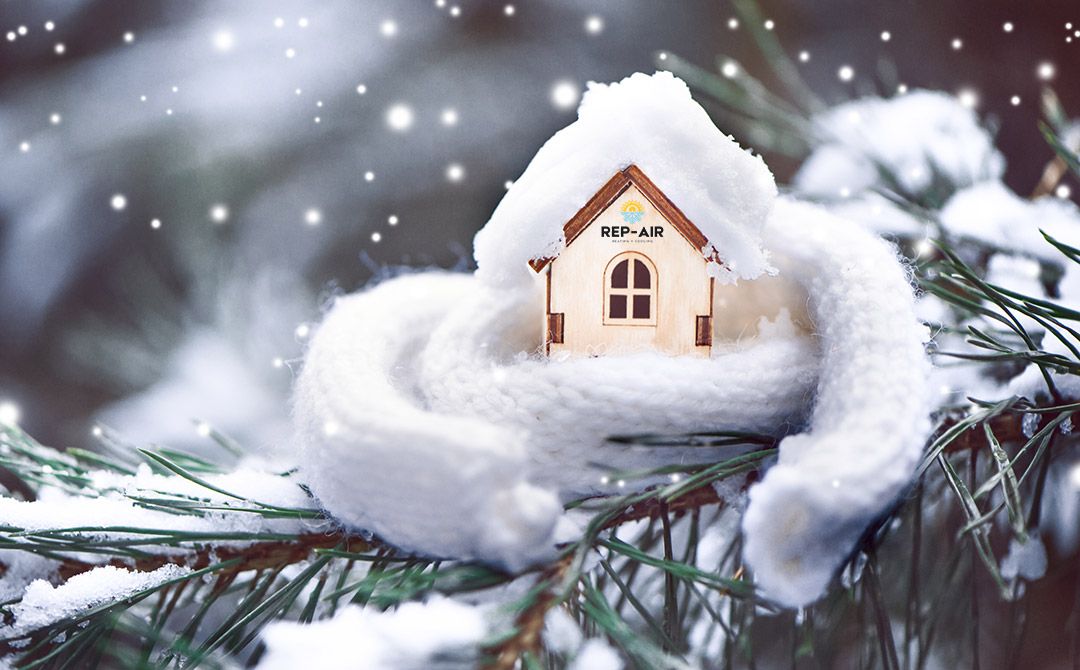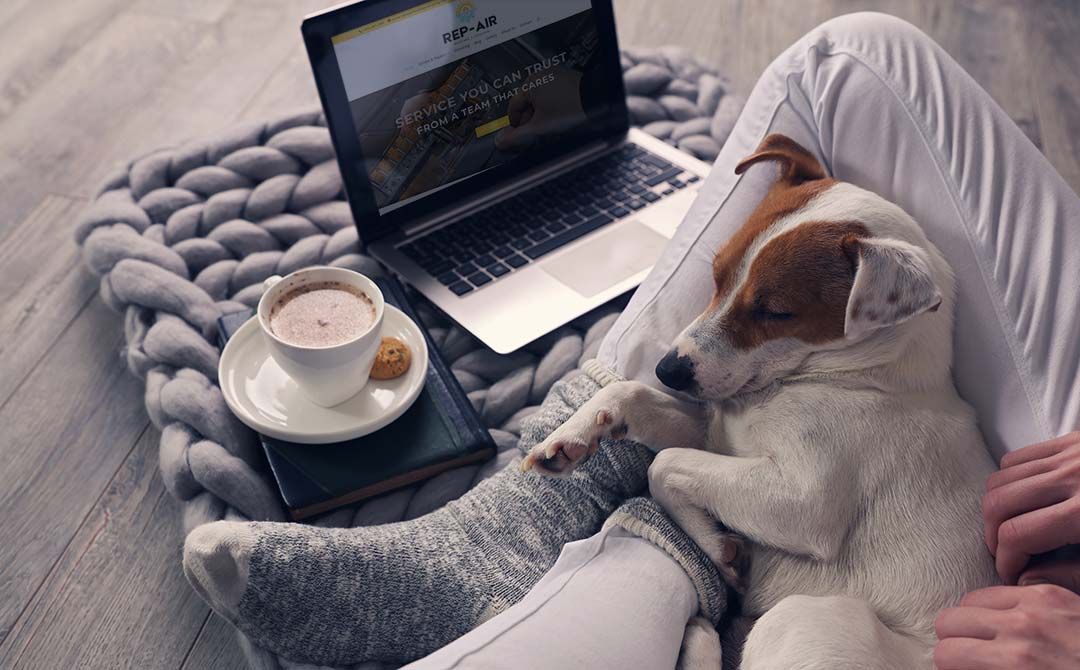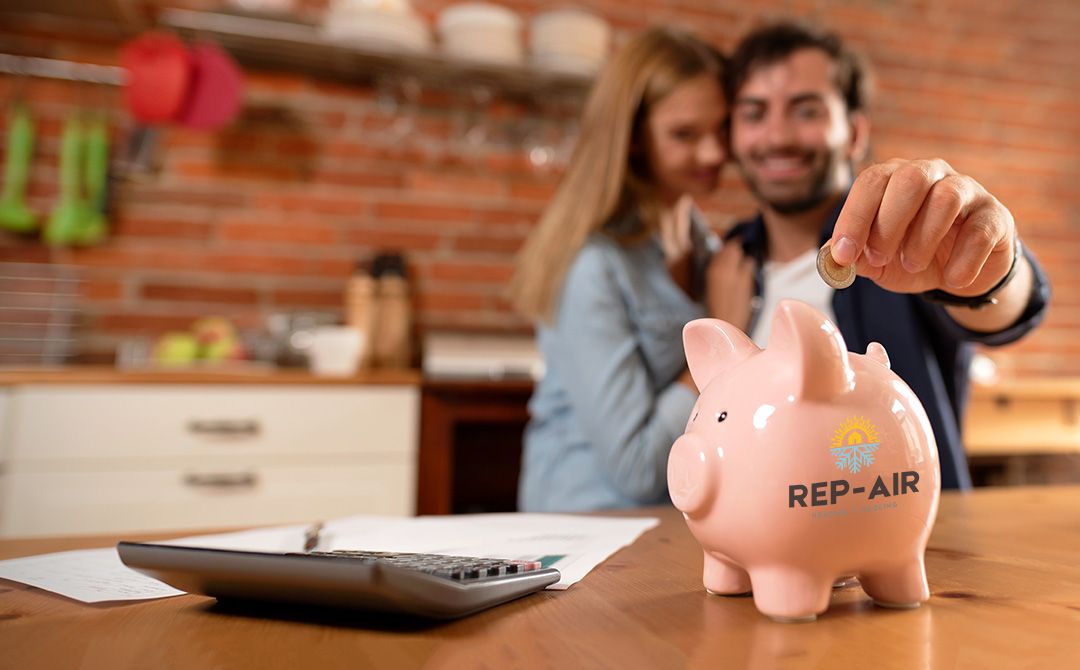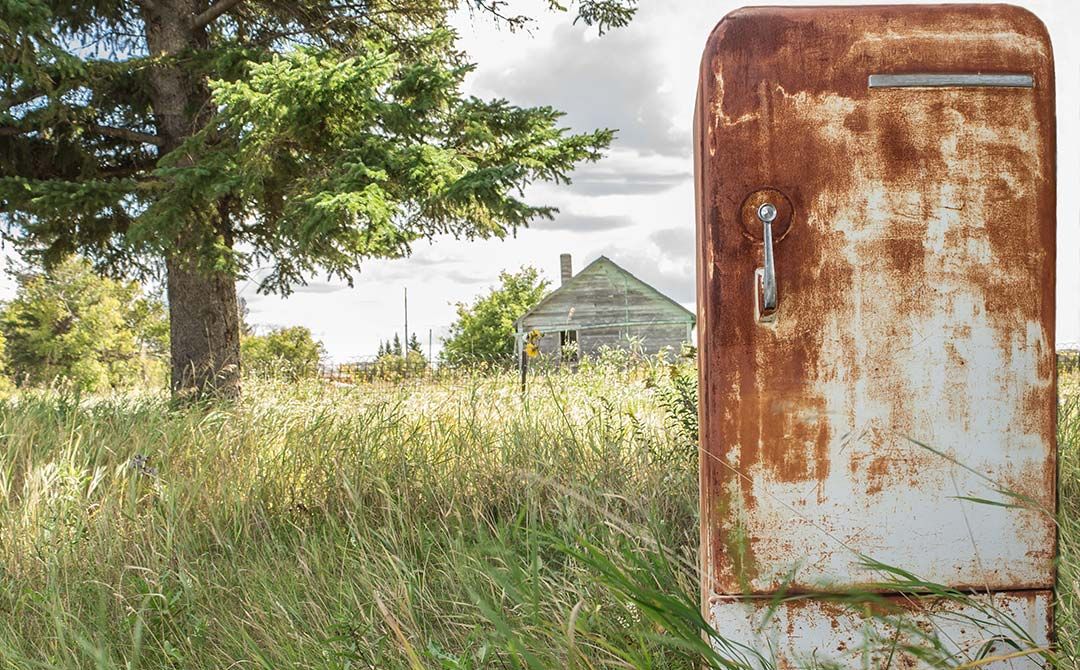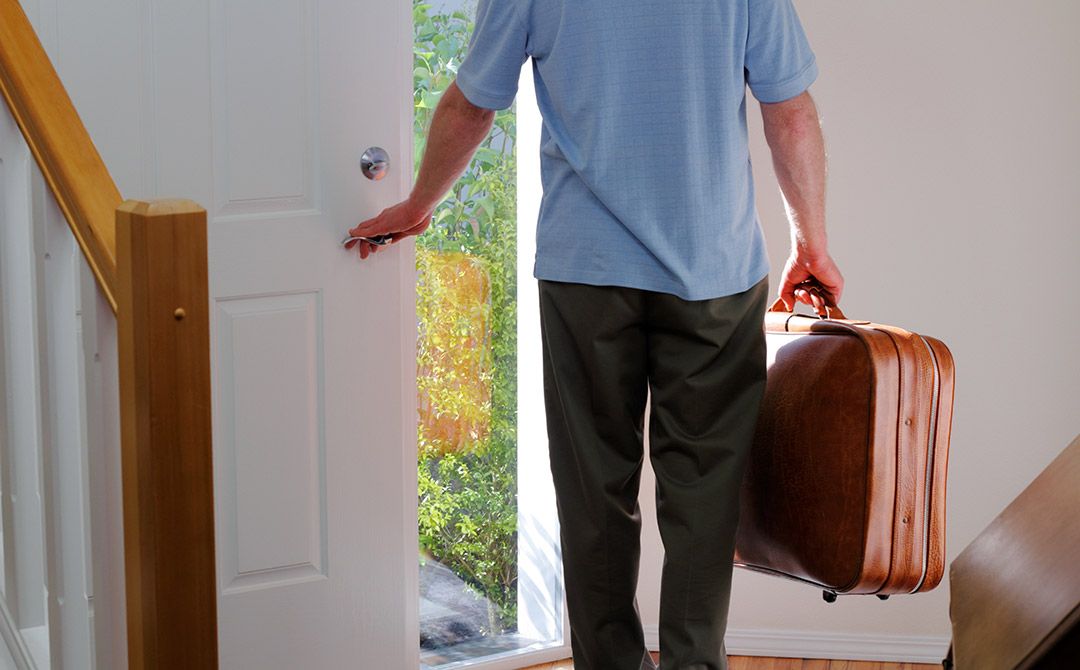How to Get Your Home Ready for a New HVAC Installation
A new year comes with new resolve as well as new upgrades and improvements to your quality of life. Why not apply this same way of thinking to your home’s HVAC?
Why You Should Consider a New Installation
If the end of your current system’s warranty is approaching, odds are high its lifespan is nearing an end itself as well. Upgrades need to happen to older systems; that is a fact of life. You can extend the warranty and lifespan by properly maintaining and cleaning it, but some of the signs of wearing down are on account of old age and frequent usage rather than misuse, and even the best systems on the market eventually wear down and require specific parts to fix it.
In some cases, an important part needing replacement is no longer manufactured by the company who made the HVAC system. In that case, the whole system will need replacement because the alternative—i.e. trying to find a part, waiting for delivery, and then replacing it—takes too long and meanwhile, you’ve got a broken system you need to live with.
No one likes having to pay over and over for repairs to their HVAC when installation, while expensive, can and will save you money in the long run. That’s why new systems can help. If that’s what your home needs, here are some tips on how to get your home ready for your new HVAC installation.
Tip 1: Location, location, location!
Obviously you cannot just stick a new HVAC system anywhere you deem fit. Usually the system will be placed by your technician where your current one sits—the basement or attic, if it’s air conditioning or a furnace, or a hot water heater, so that it’s connected to the plumbing, air ducts, and/or ventilation. In most cases, outdoors is usually the best option for your new A/C and heat pumps (if that’s what you want to install). That way the condenser will always have a steady supply of fresh air on hand, plus it will better help to vent out the excess heat in the summer. Outdoors is also ideal if your home is on the small side and there’s no room for the system.
Where outdoors, you ask? Ideally next to your house, but we’ve seen some pretty important units be surrounded by things they don’t need to be! Patio furniture and storage items such as seasonal chairs should never, ever lean up against your heat pump. There should be no vegetation and debris hanging out near your units, as well. The area surrounding your units should be easy to clean and access for maintenance purposes.
Lastly, wherever your new system is going to be installed, it should be in a place that’s easy for you to perform proper maintenance tasks. Removing the filter for cleaning is one of them, and you should be able to access that component at any given time. If not it’s only going to make things more difficult for you going forward!
Tip 2: Sizes
You want to be sure that the new HVAC system you’re planning to install is adequate enough for the size of your home. That means you need to determine both the size of the system you want to place as well as what kind it is. For example, do you want to install a central air conditioning system in place of your portable one? Are you updating your furnace from a gas one to an electric one? These are the sorts of questions you should ask yourself before determining the size you want (it doesn’t hurt to ask us technicians if you need help, either!).
Tip 3: Space
Everyone needs a little space every so often, but HVAC units need space surrounding them at all times. That way they can circulate the air nearest them properly and their heating and cooling functions are completed efficiently. Heat pumps should be surrounded by about _ centimetres worth of space. Give your furnace, AC, and hot water heaters some space too by not placing extra clutter right next to them or removing items leaning up against them. So, if you need to, it’s about time you stopped procrastinating and start cleaning out the basement or attic of stored items you never use. The more items surrounding your HVAC units, the more likely hazards can emerge such as fire. Be sure to dust thoroughly!
Tip 4: Insulation
Proper insulation for an HVAC unit can help store heat and cool air from escaping into an area where it’s not needed. Without it, condensation is more likely to occur and the end result is less pleasant—mildew buildup, for one, and household mold for another. Both of these can badly affect the air quality in your home, so make sure any new system installation comes with new insulation as well if at all necessary.
Tip 5: Hire Professional Help
Hiring professional HVAC technicians rather than DIY’ing your future HVAC installation can help you avoid the risk of inadvertently making your system run inefficiently. The best kinds of technicians know how to properly install a system that follows the local codes of conduct regarding HVAC systems within your municipality. If you’re already reading this, you’ve come to a good place already!
Need a new HVAC system installed? Do you want yours done right? At Rep-Air Heating And Cooling we provide our customers with many options that will best suit your needs from heating and cooling to refrigeration. Contact us today for your complimentary quote: 1-778-728-1476 or contact@repairheatingandcooling.com and don’t forget to take a look at our website: https://repairheatingandcooling.com. Follow us on Facebook and Instagram for free giveaways!

